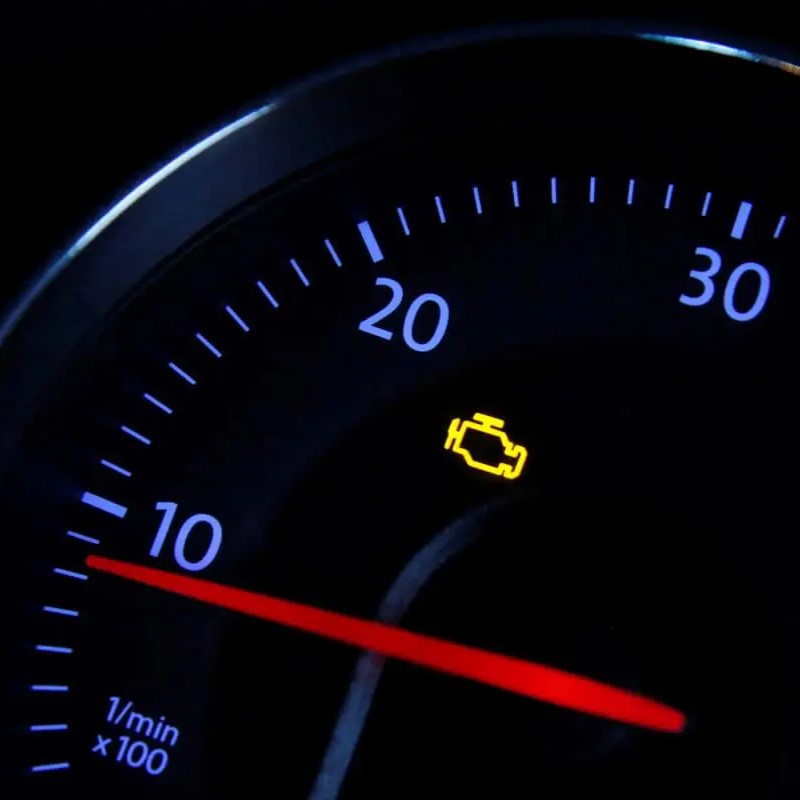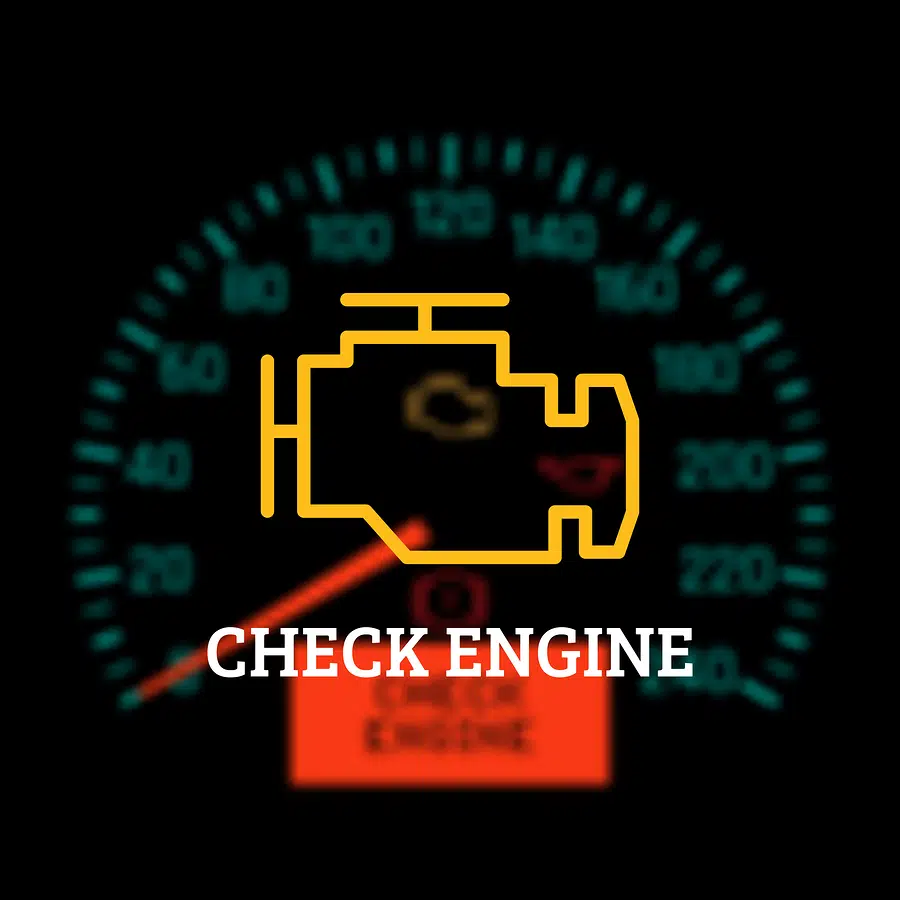Many car owners experience a moment of panic when they see the Anti-lock Braking System (ABS) light illuminate on their dashboard. This warning light signifies a potential issue with your car’s ABS, a crucial safety feature that helps prevent wheel lockup during hard braking situations. But does an illuminated ABS light mean your car is unsafe to drive altogether? Let’s delve deeper into this question and explore the potential consequences, safe driving practices, and recommended actions when faced with an ABS light issue.

Understanding ABS and its Role in Braking
Before diving into the implications of a malfunctioning ABS, it’s important to understand how this system works. Traditional braking systems rely solely on the driver’s input on the pedal to slow down the vehicle. However, in situations requiring heavy braking, a driver’s natural instinct might be to slam on the brakes, which can lead to wheel lockup. Locked wheels skid across the road surface, significantly reducing a car’s ability to maneuver and come to a safe stop.
Here’s where ABS comes in. This ingenious system employs wheel speed sensors to monitor the rotation of each wheel. If a sensor detects a wheel about to lock up, the ABS rapidly modulates the brake pressure to that specific wheel, preventing complete lockup and maintaining traction. This allows drivers to maintain steering control even under heavy braking, enabling them to maneuver around obstacles and avoid potential collisions.

The Dreaded ABS Light: What Does it Mean?
An illuminated ABS light indicates a problem within the anti-lock braking system. Several factors can trigger this warning, including:
- Faulty wheel speed sensors: These sensors play a crucial role in monitoring wheel rotation. A malfunctioning sensor can send inaccurate data to the ABS control unit, leading to the warning light.
- Damaged ABS control unit: The ABS control unit is the brain of the system, processing sensor data and regulating brake pressure. A malfunction within this unit can disrupt the entire ABS operation.
- Low brake fluid: Brake fluid transmits the driver’s pedal pressure to the wheels. Low brake fluid levels can compromise the entire braking system, triggering the ABS light.
- Faulty wiring or connections: Electrical issues within the ABS system’s wiring can also cause the warning light to illuminate.

Can You Drive With an ABS Light On?
Technically, you can still drive your car with an illuminated ABS light. Your standard braking system will still function, allowing you to slow down the vehicle. However, this comes with a significant safety caveat. Without a functioning ABS, your wheels are more prone to locking up during hard braking, potentially leading to:
- Reduced steering control: Locked wheels prevent you from effectively maneuvering your car, making it difficult to avoid obstacles or navigate around corners during emergency braking situations.
- Increased stopping distances: Skidding wheels have less traction, resulting in longer stopping distances, especially on slippery surfaces.
- Higher risk of accidents: The combined limitations of reduced steering control and increased stopping distances significantly elevate the risk of accidents, particularly in situations requiring quick reaction times.

Safe Driving Practices with a Faulty ABS
If you encounter an illuminated ABS light while driving, here are some crucial safety measures to take:
- Maintain calm: Panicking will only hinder your driving ability. Focus on getting to a safe location.
- Reduce speed: Driving at a slower pace minimizes the risk of wheel lockup and allows for more reaction time in case of emergencies.
- Increase following distance: Leave ample space between your car and the vehicle ahead to provide more time for braking.
- Practice threshold braking: This technique involves applying firm pressure to the brake pedal just before the point of lockup. Carefully modulate the pressure to maintain a feeling of vibration in the pedal without complete lockup. While not as effective as a functioning ABS, this technique can help maintain some steering control during hard braking.
- Schedule a service appointment: Don’t ignore the ABS light. As soon as possible, schedule a service appointment with a qualified mechanic to diagnose and repair the underlying issue.
Getting Your ABS Fixed: What to Expect
When you bring your car in for service, the mechanic will likely follow these steps:
- Diagnostic scan: A specialized tool will be used to scan the car’s computer system for trouble codes related to the ABS. These codes can pinpoint the specific component causing the malfunction.
- Physical inspection: The mechanic will visually inspect the ABS components, including the wheel speed sensors, wiring, and ABS control unit.
- Repair or replacement: Depending on the diagnosed issue, the mechanic will either repair the faulty component or recommend replacement.
The cost of repairing an ABS system can vary depending on the complexity of the issue and the specific parts requiring repair or replacement. However, it’s important to remember that a functioning ABS is a vital safety feature. Investing in repairs is far more cost-effective and safer than potentially facing a collision due to a malfunctioning system.

When to Seek Immediate Assistance
While driving with a faulty ABS might be possible in controlled situations, there are instances where it’s crucial to seek immediate assistance:
- Additional warning lights: If other dashboard warning lights accompany the ABS light, particularly those related to the braking system, pull over safely and call for a tow truck. Multiple illuminated lights could indicate a more severe issue requiring immediate professional attention.
- Unusual noises: Grinding, scraping, or other abnormal noises emanating from the brakes could signify a more serious problem beyond the ABS malfunction. Don’t risk further damage; seek professional help immediately.
- Spongy or unresponsive brakes: If your brake pedal feels soft or unresponsive, it indicates a significant issue within the braking system itself. Do not attempt to drive further; call for a tow truck to ensure your safety.
An illuminated ABS light serves as a warning that your car’s anti-lock braking system is not functioning optimally. While you might be able to drive with this light on, the potential consequences are significant. Reduced steering control, increased stopping distances, and a higher risk of accidents are all real possibilities.
The safest course of action is to prioritize your safety and the safety of others on the road. Reduce your speed, practice threshold braking if necessary, and schedule a service appointment with a qualified mechanic as soon as possible. Remember, a healthy ABS system is an invaluable safety feature that can make a world of difference in an emergency situation.





